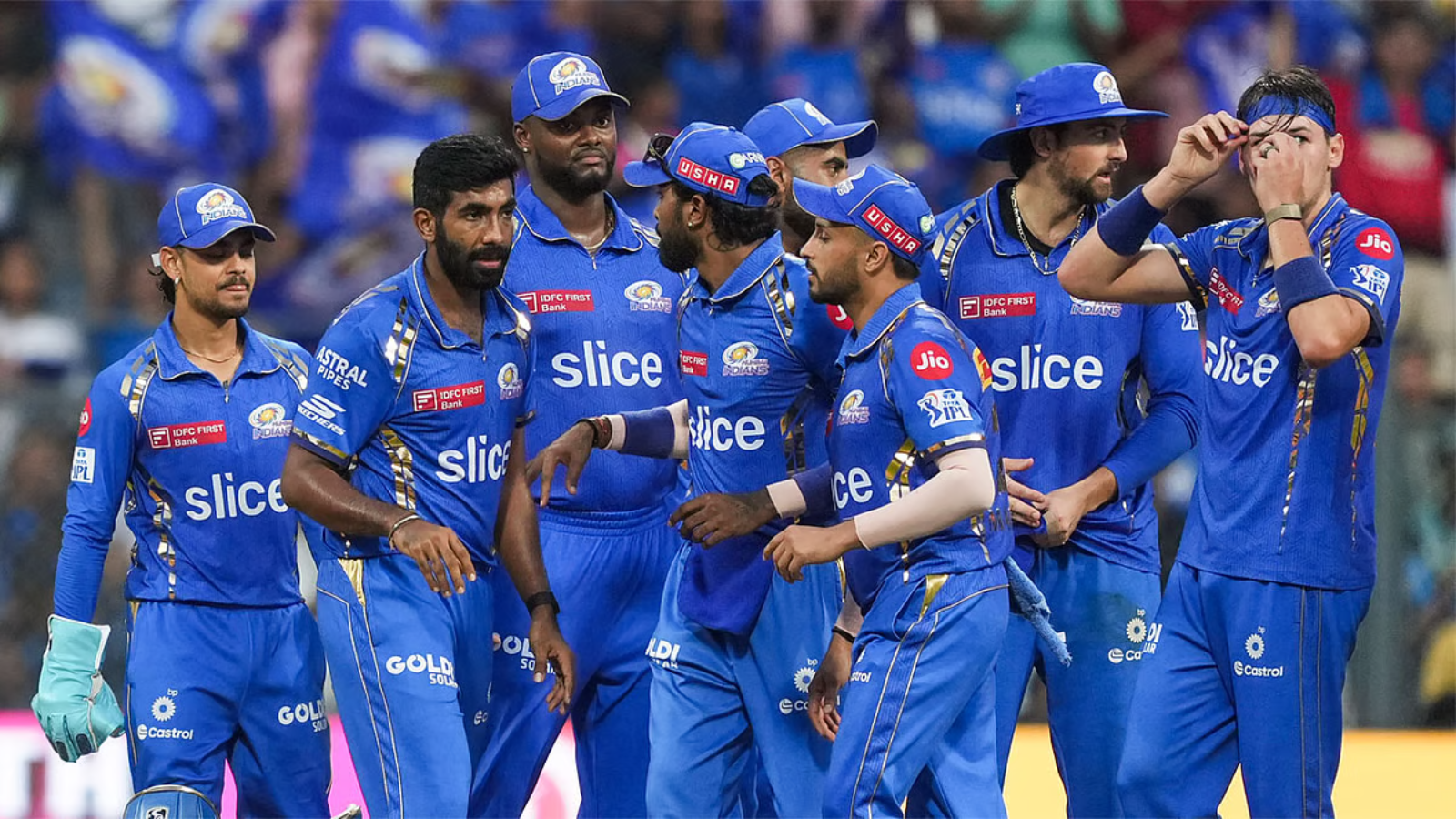Case Study: Mumbai Indians – Leveraging Data Science for IPL Success

One of the most successful franchises in IPL history, Mumbai Indians (MI), has embraced data science to build a formidable team and maintain its competitive edge. The club has used advanced analytics to create winning strategies, optimize player performance, and make data-driven decisions in every aspect of the game.
Let’s dive into how MI uses data science to stay ahead of the competition.
1. Auction Strategy: Targeting the Right Players
In the 2019 IPL Auction, Mumbai Indians used data analytics to focus on acquiring players that could deliver the best value for their budget. One of their notable decisions was acquiring Kieron Pollard and Hardik Pandya at cost-effective prices.
MI’s scouting team doesn’t just rely on traditional performance metrics; they go deeper into matchups, historical performances in specific conditions, and player temperament during high-pressure situations. For example, they analyze the bowling history against different types of batsmen to see which players are most likely to succeed in their lineup.
2. Real-time Analytics: In-Match Decision Making
One of the key aspects where Mumbai Indians excel is their use of real-time data during matches. Their team analysts feed data into a system that provides insights like:
- Bowler-Batsman Matchups: Who is likely to succeed against whom based on past performances?
- Fielding Placement Suggestions: Which areas should the fielders target based on the batsman’s shot patterns?
- Optimal Batting Order: Data models predict which batsman should come in at specific times based on the match situation.
In the 2017 final against Rising Pune Supergiants, MI’s strategic bowling changes, like bringing in Jasprit Bumrah at the perfect moment, were based on data-backed insights about the opponent’s weakness against fast bowlers. These timely decisions were pivotal in their win.
3. Injury Prevention and Player Fitness
Mumbai Indians also invest in wearable technology and biomechanical data to monitor their players' health and fitness. Using GPS trackers, motion sensors, and heart-rate monitors, MI can track player workloads in real-time. This technology helps prevent injuries by ensuring players don’t overexert themselves.
For instance, MI’s management of Hardik Pandya’s fitness was crucial to his performance during the IPL. Through data monitoring, MI was able to carefully manage his workload, ensuring he was fit to perform both as a bowler and a batsman without risking injury. This approach helped keep Pandya in peak physical condition for the crucial phases of the tournament, especially during the death overs, where his role as a bowler and finisher became key.
4. Player Development through Data Insights
Mumbai Indians don’t just rely on data for match day decisions—they use it for long-term player development as well. Through data science, they monitor:
- Batting Techniques: Using video analysis tools to study a player’s shot selection, MI identifies areas of improvement and customizes training plans.
- Bowling Performance: With tools like TrackMan, they analyze bowlers’ deliveries to improve accuracy, speed, and consistency.
In particular, the development of Rohit Sharma as a captain can be attributed to MI’s understanding of his individual strengths through player performance data. His success in leading MI can also be linked to a strategy that optimizes his batting position, ensuring he faces the most balls in critical situations.
5. Fan Engagement and Marketing Analytics
Off the field, MI has mastered the art of fan engagement using data science. By analyzing social media data, fan sentiment, and purchase patterns, MI customizes its marketing campaigns to appeal to different segments.
For example, MI uses social media sentiment analysis to gauge fan reactions during key moments like match wins, losses, or dramatic moments in a game. This allows them to tailor their post-match campaigns, merchandise sales, and digital content to maximize engagement. They also employ AI-driven chatbots to provide personalized experiences for their fans, offering real-time stats, game updates, and player information directly through their official app.
Conclusion: The Role of Data Science in MI's Success
The success of Mumbai Indians is not just due to their on-field talent but also the integration of data science and analytics into every aspect of their operations. From player scouting and auction strategy to real-time match decisions and injury prevention, MI has set a benchmark for how IPL franchises can use data to stay ahead in this high-stakes competition.
Their use of advanced analytics and technology has created a competitive advantage that other teams are increasingly adopting. For Mumbai Indians, data science is not just a tool—it’s an integral part of their winning strategy.


